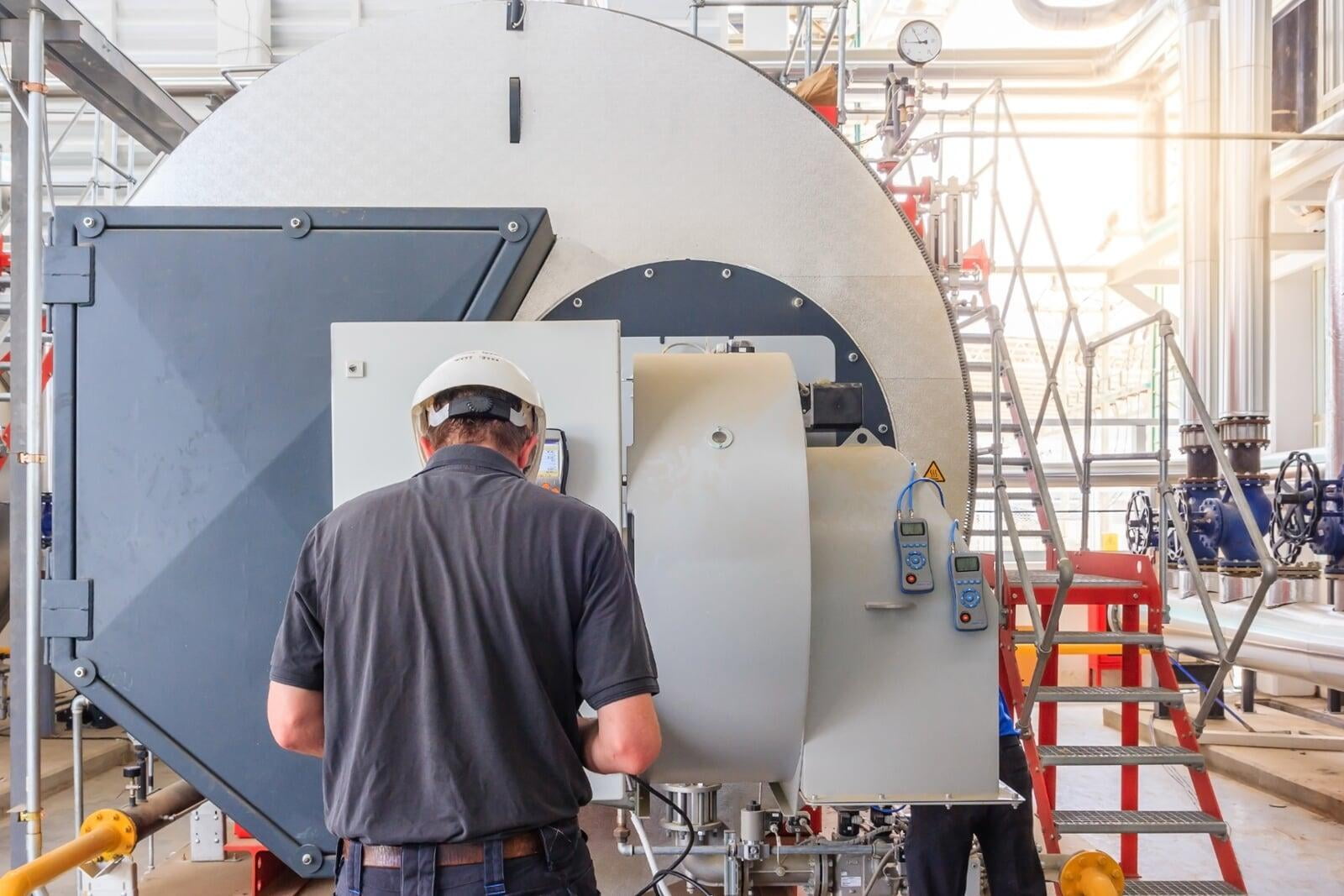To dry or not to dry? Choosing the Best Steam Boiler Layup Method for you.

When and why do we layup Steam Boiler Systems?
Steam boilers are an important investment for many businesses, and proper maintenance and preservation are crucial to their longevity and efficiency. Dry layup and wet layup are two common methods for preparing a steam boiler for extended periods of shutdown, and each has its advantages and disadvantages. By understanding the differences between these methods and choosing the one that best suits their needs, boiler owners/operators can help ensure that their equipment remains in good condition and ready for use when needed.
What is a Steam Boiler System wet layup?
Wet lay-up involves filling the steam boiler with water and adding a chemical solution, such as a corrosion inhibitor, to prevent rust and other forms of corrosion. The solution is circulated throughout the boiler and its components to ensure that all surfaces are covered. This method is typically used for steam boilers that will be out of service for shorter periods, such as a few weeks to a few months. This procedure has two disadvantages. First, the system would need to be put on low fire to circulate the chemical/water mixture every two weeks during lay-up for proper protection. Second, a steam boiler operator would have to check a few simple water treatment parameters and make chemical additions as necessary. Again, for this second consideration, checking the chemical parameters every two weeks would likely be adequate.
One advantage of wet lay-up is that it allows the steam boiler to be returned to service quickly. Since the steam boiler is filled with water, it can simply be heated and put into operation when needed. However, wet layup requires careful monitoring to ensure that the chemical solution remains effective and that the water does not become contaminated.
What is a Steam Boiler dry layup?
Dry lay-up involves completely draining the steam boiler and drying it out to remove any residual moisture. This is typically done by blowing dry air through the steam boiler and its components. Once the steam boiler is completely dry, a desiccant, such as silica gel, is often placed inside to absorb any moisture that may enter the boiler during storage.
Dry lay-up is a preferred method for steam boilers that will be out of service for an extended period of time, several months or more. It is also a popular choice for boilers that are not expected to be put back into service quickly, as it provides long-term protection against corrosion.
What method should you choose?
From a water treatment standpoint, both types of layup can be successful.Choosing the best layup method for a steam boiler depends on several factors, including the length of time the boiler will be out of service, the condition of the boiler, and the cost of the layup process. In general, dry layup is preferred for long-term storage, while wet layup is more appropriate for short-term shutdowns.
Regardless of which method is used, it is important to follow proper procedures to ensure that the boiler remains in good condition during the layup period. This may include regular inspections, monitoring of temperature and pressure, and proper storage of equipment and supplies.

